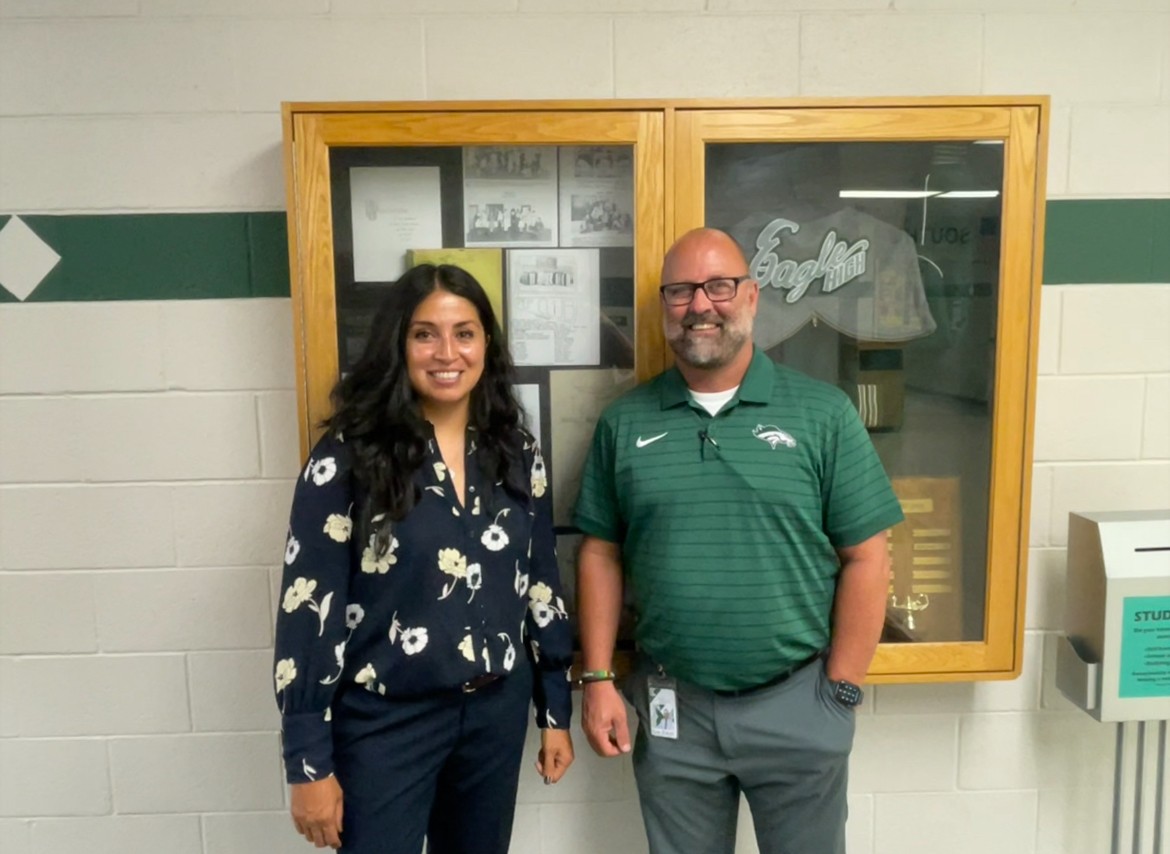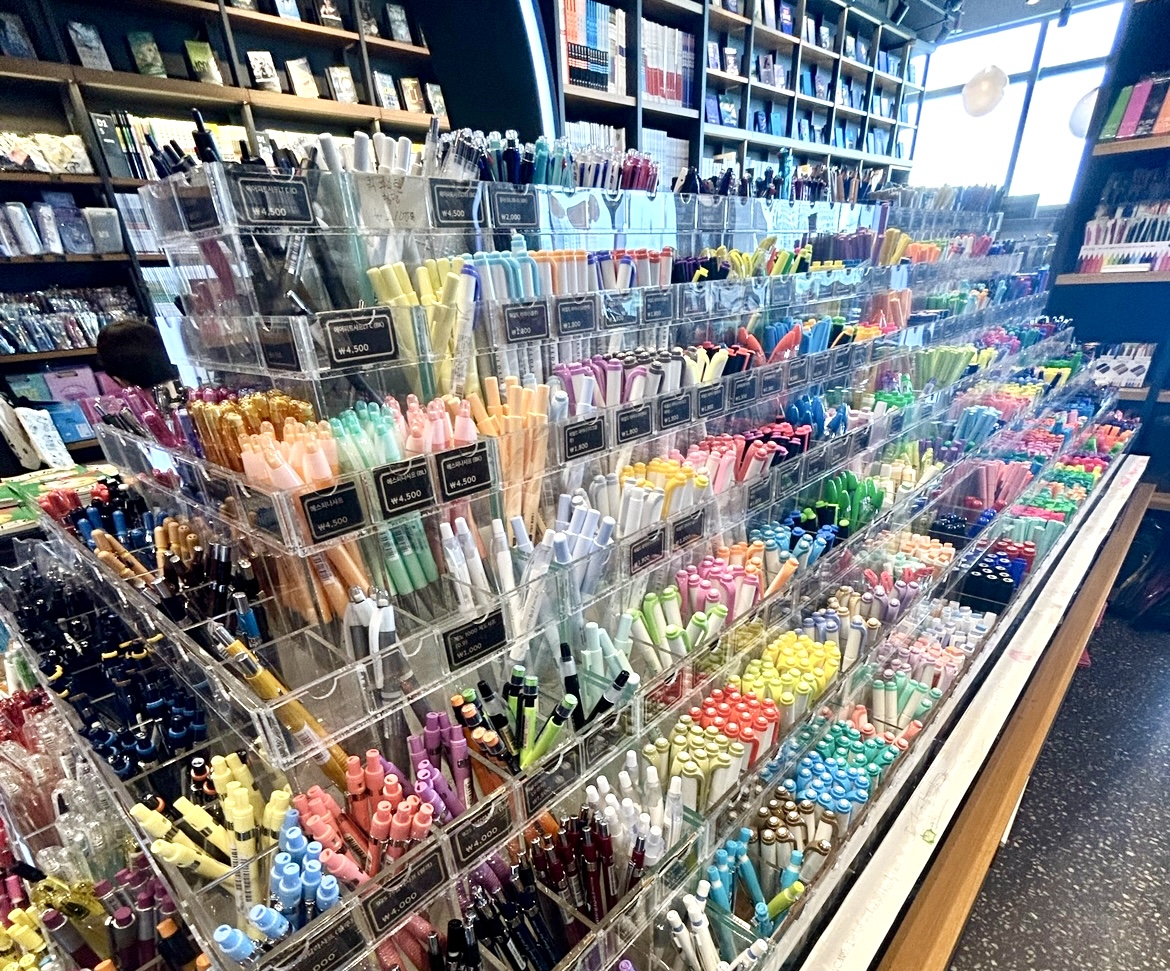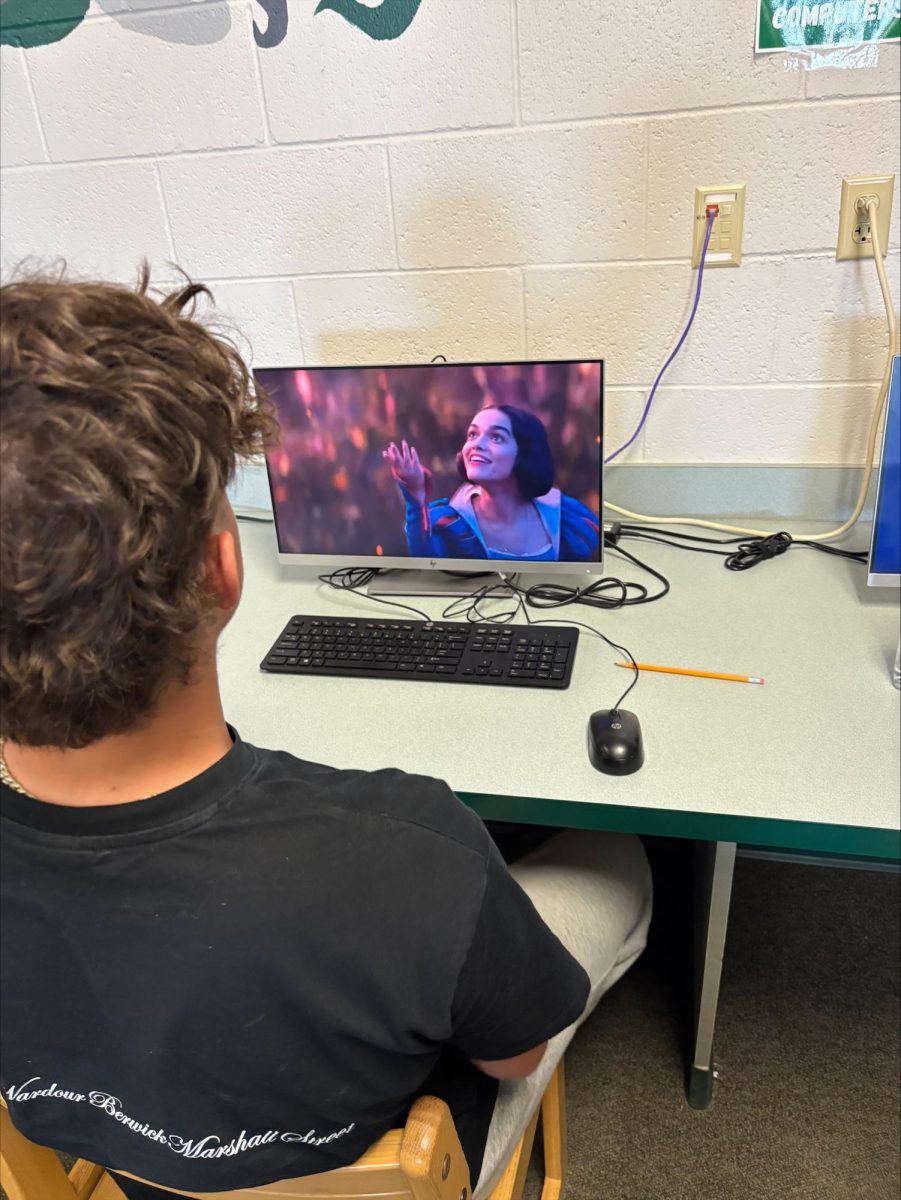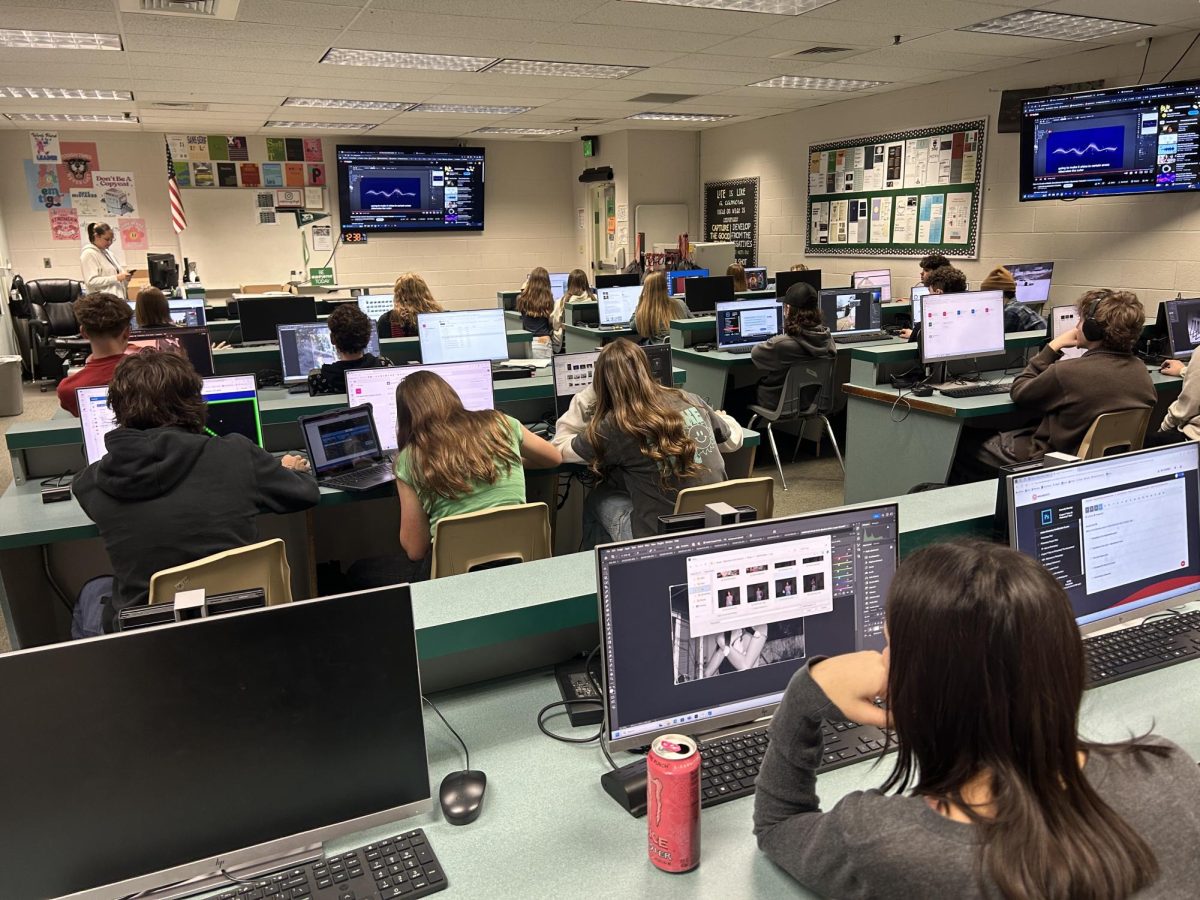In the wake of the COVID-19 pandemic, educational technology has become a cornerstone of modern schooling, transforming how students learn and how teachers teach. What was once a supplementary tool has now evolved into an essential part of the educational landscape, influencing classrooms across the world.
According to Forbes.com, “When classrooms abruptly switched to online during the Covid-19 pandemic, educational technology went from a convenient support tool to the backbone of schooling overnight.”
The pandemic forced schools to adopt technology in ways never before seen, turning digital tools into lifelines for educators and students trying to navigate a new, virtual world of learning.
Now that schools have returned to in-person instruction, many have realized that educational technology is here to stay.
According to Elearningindustry.com, “EdTech [educational technology] has emerged as a huge enabler, empowering institutions to cater to changing student needs and foster the development of new skillsets regardless of geographical barriers.”
With technology bridging gaps in learning, classrooms are no longer bound by physical location, and the future of education is looking more digital than ever before. As the demand for personalized learning grows, tech tools are playing a central role in meeting the needs of diverse student body. Online quizzes, interactive apps and learning management systems (LMS) allow teachers to tailor lessons, assignments and feedback to each student’s individual progress.
For students who may face barriers to attending school in person, such as health issues or geographical isolation, digital learning has made education more accessible than ever.
However, this shift to a tech-driven education system is not without its challenges. Many educators argue that while technology can enhance the learning experience, it cannot replace the human connections that makes education meaningful.
Face-to-face interactions are essential for creativity, collaboration and emotional growth, which are crucial aspects of a student’s development. The key to the future of education lies in balancing the benefits of technology with the need for in-person engagement.
While schools continue to integrate technology into their curricula, experts warn that the rush to adopt new tools must be thoughtful. Over-reliance on tech could lead to the loss of essential interpersonal skills.
Technology should complement, not replace, traditional teaching methods, ensuring that students still experience the full scope of learning, including critical thinking, problem-solving and social interaction.
The integration of educational technology post-COVID is reshaping the learning environment in significant ways. While digital tools have proven invaluable in times of crisis, they also promise to enhance the educational experience in the long run. As schools move forward, the challenge will be to use technology in ways that strengthen both the digital and human aspects of education. By doing so, educators can create a learning environment that prepares students for a future that is both technologically advanced and deeply human.











































































